2 Inch PVC Butterfly Valve: Comprehensive Guide
Table of Contents
- Introduction
- Specifications and Features
- Dimensions
- Material Composition
- Design and Structure
- Applications and Uses
- Plumbing Systems
- Industrial Applications
- Water Treatment
- Installation and Maintenance
- Installation Process
- Maintenance Tips
- Advantages of PVC Butterfly Valves
- Cost Efficiency
- Corrosion Resistance
- Ease of Operation
- Comparison with Other Valve Types
- PVC Butterfly Valve vs. PVC Gate Valve
- PVC Butterfly Valve vs. PVC Ball Valve
- Safety and Compliance
- Safety Guidelines
- Regulatory Compliance
- Conclusion
1. Introduction
The 2-Inch PVC Butterfly Valve is a critical component used for controlling the flow of fluids in various piping systems. Made from durable Polyvinyl Chloride (PVC), this valve features a compact and efficient design, ideal for applications where precise flow regulation and reliable performance are essential. The 2-inch PVC butterfly valve combines affordability with functionality, making it a popular choice across multiple industries.
2. Specifications and Features
Dimensions
The 2-Inch PVC Butterfly Valve is designed to accommodate pipes with a nominal diameter of 2 inches. The valve’s body is engineered to fit standard 2-inch PVC piping systems, ensuring a seamless integration. The valve features a central disc that rotates to control the flow, with a total valve length typically measuring around 4 to 6 inches. The compact size makes it suitable for tight spaces and areas with limited access.
Material Composition
Constructed from high-grade PVC, the 2-Inch Butterfly Valve offers excellent resistance to corrosion, chemicals, and environmental factors. PVC is a thermoplastic material known for its durability and strength. The valve’s disc, seat, and body are all made from PVC, ensuring that the valve remains reliable and maintains its performance over time. The valve’s seals are typically made from elastomers such as EPDM (Ethylene Propylene Diene Monomer), which provide a tight seal and enhance the valve’s performance.
Design and Structure
The 2-Inch PVC Butterfly Valve features a simple yet effective design. It includes a circular disc mounted on a central shaft. The disc pivots 90 degrees to open or close the valve, allowing for precise control over the flow of fluids. The valve body has flanged ends that facilitate easy connection to PVC pipes. The compact design minimizes space requirements, making it ideal for applications where space is at a premium.
3. Applications and Uses
Plumbing Systems
In plumbing systems, the 2-Inch PVC Butterfly Valve is used to control water flow in residential and commercial applications. It is commonly employed in irrigation systems, water supply lines, and drainage systems. The valve allows users to easily regulate flow rates and isolate sections of the system for maintenance or repair.
Industrial Applications
The 2-Inch PVC Butterfly Valve is also used in various industrial settings, where its durability and resistance to chemicals make it suitable for handling a range of fluids. It is often used in chemical processing, manufacturing, and other industrial processes where precise flow control is necessary.
Water Treatment
In water treatment facilities, the 2-Inch PVC Butterfly Valve plays a crucial role in controlling the flow of water through filtration and treatment systems. Its ability to handle various water qualities and its resistance to corrosion make it a reliable choice for ensuring efficient and effective water treatment processes.
4. Installation and Maintenance
Installation Process
- Preparation: Clean the ends of the pipes and the valve flanges to remove any debris or contaminants. Ensure that the pipe ends are cut squarely for a proper fit.
- Alignment: Align the butterfly valve with the pipe and ensure that the flanges are correctly positioned. The valve should be oriented so that the disc is perpendicular to the flow direction when closed.
- Sealing: Place gaskets or sealing material between the valve flanges and the pipe ends to create a watertight seal.
- Bolting: Secure the valve to the pipes using appropriate bolts and nuts. Tighten the bolts evenly to ensure a proper seal. Follow the manufacturer’s specifications for torque settings.
- Testing: Once installed, test the valve by operating it to ensure that it opens and closes smoothly and that there are no leaks.
Maintenance Tips
Regular maintenance is essential to ensure the long-term performance of the 2-Inch PVC Butterfly Valve:
- Inspection: Periodically inspect the valve for signs of wear, damage, or leaks. Check the seals and disc for any signs of deterioration.
- Cleaning: Keep the valve clean by removing any debris or buildup that could affect its operation. Avoid using harsh chemicals that could damage the PVC.
- Lubrication: If applicable, lubricate the valve’s moving parts to ensure smooth operation. Use a lubricant recommended by the manufacturer.
- Replacement: Replace any damaged or worn components, such as seals or discs, promptly to maintain the valve’s performance and prevent leaks.
5. Advantages of PVC Butterfly Valves
Cost Efficiency
PVC butterfly valves are a cost-effective choice compared to metal or composite valves. Their low initial cost, combined with their durability and minimal maintenance requirements, makes them an economical option for many applications. The long-term value of PVC butterfly valves is enhanced by their reliable performance and ease of installation.
Corrosion Resistance
One of the significant advantages of PVC butterfly valves is their resistance to corrosion and rust. Unlike metal valves, PVC does not degrade when exposed to moisture or chemicals, resulting in a longer service life and reduced maintenance needs. This makes PVC butterfly valves particularly suitable for applications involving water or chemical exposure.
Ease of Operation
PVC butterfly valves are designed for easy operation. The disc rotates 90 degrees to open or close the valve, providing precise control over fluid flow. The simple design and smooth operation make the valve user-friendly and easy to integrate into various systems.
6. Comparison with Other Valve Types
PVC Butterfly Valve vs. PVC Gate Valve
PVC butterfly valves offer quick and efficient flow control with a compact design, while PVC gate valves provide a straight flow path and are typically used for on/off control. Butterfly valves are generally preferred for applications requiring frequent flow regulation, whereas gate valves are more suitable for applications where full flow is needed with minimal pressure drop.
PVC Butterfly Valve vs. PVC Ball Valve
PVC ball valves offer a full bore flow path and are ideal for applications requiring a quick shut-off with minimal pressure drop. Butterfly valves, on the other hand, are more compact and offer better throttling control. The choice between ball and butterfly valves depends on the specific requirements of the application, including flow control needs and space constraints.
7. Safety and Compliance
Safety Guidelines
When handling and installing PVC butterfly valves, it is important to use appropriate safety gear, such as gloves and safety glasses, to protect against sharp edges and potential chemical exposure. Follow the manufacturer’s instructions for safe handling and installation practices to ensure a secure and effective connection.
Regulatory Compliance
The 2-Inch PVC Butterfly Valve complies with industry standards and regulations, including ASTM (American Society for Testing and Materials) specifications. This compliance ensures that the valve meets quality and performance standards for its intended applications, providing assurance that it adheres to established guidelines.
8. Conclusion
The 2-Inch PVC Butterfly Valve is a versatile and reliable component for various piping systems, including plumbing, industrial, and water treatment applications. Its durable construction, cost-efficiency, and ease of operation make it a valuable choice for many projects. By understanding its specifications, advantages, and maintenance requirements, users can ensure optimal performance and longevity of their piping systems.


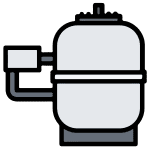


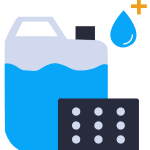





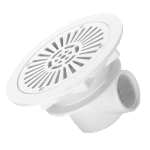








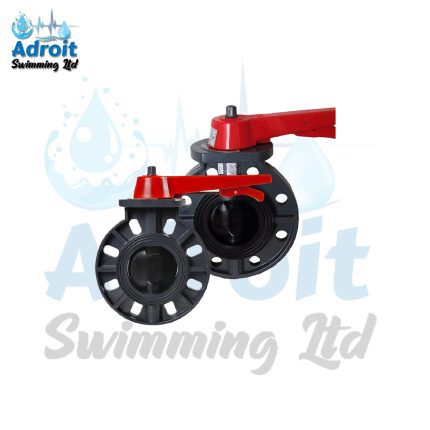

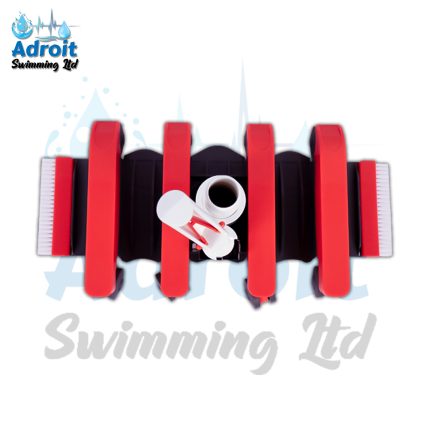
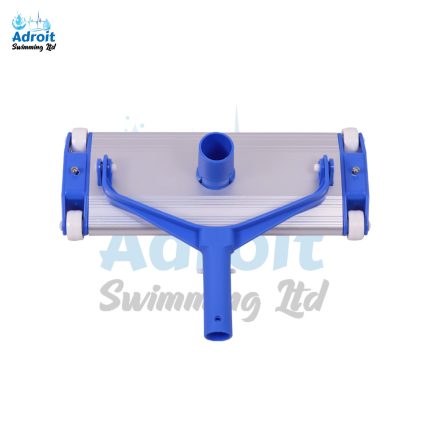
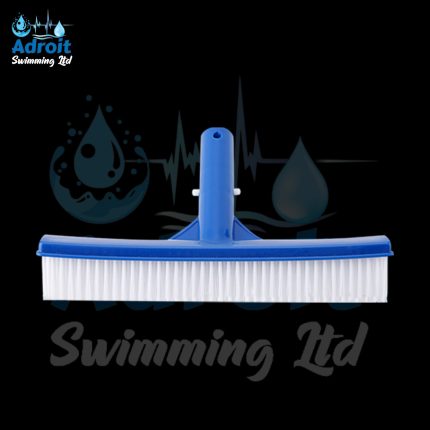
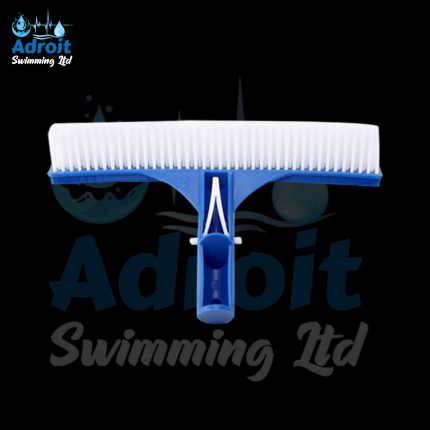
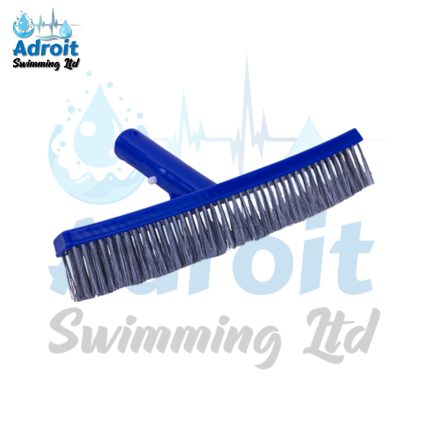



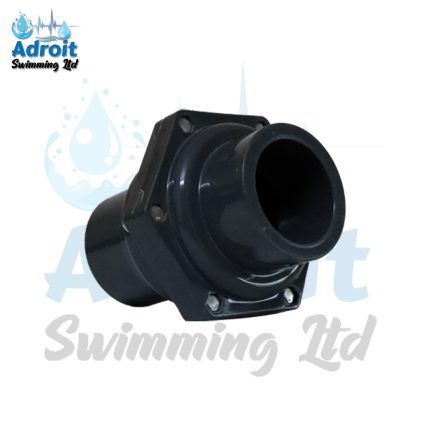

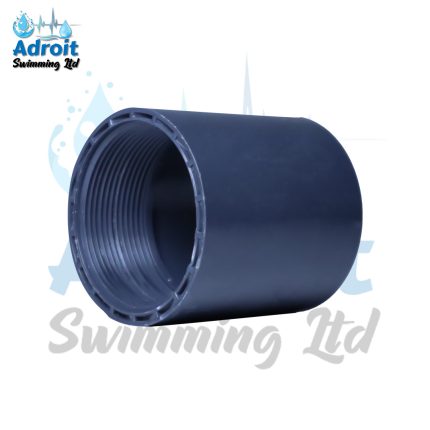
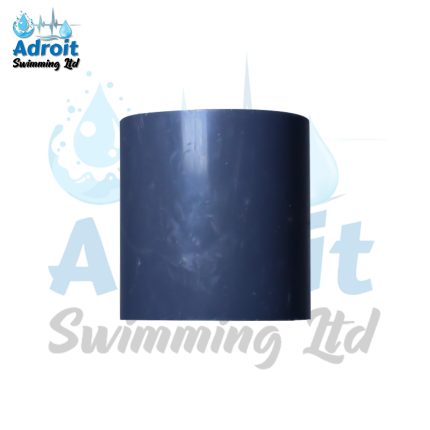
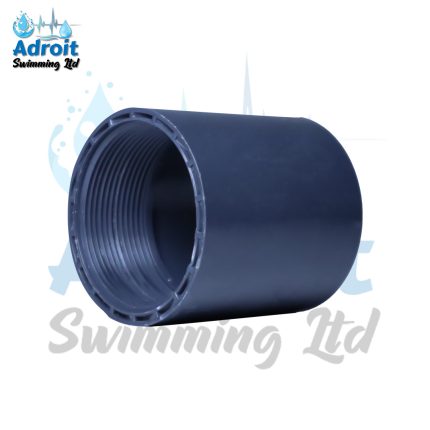

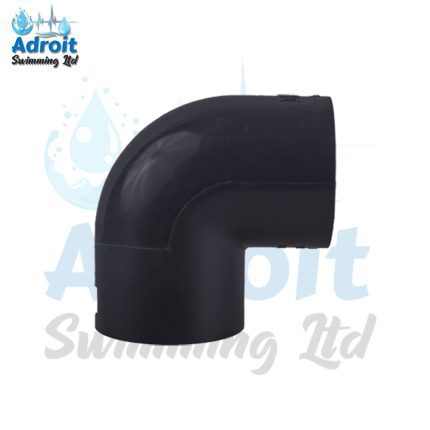

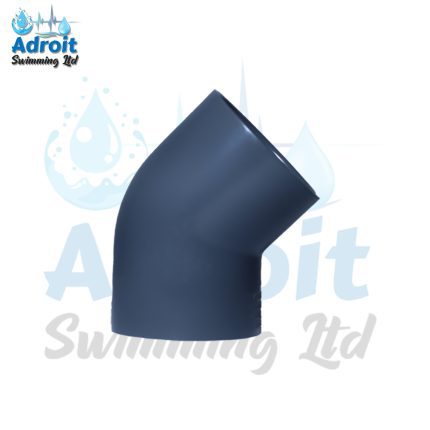
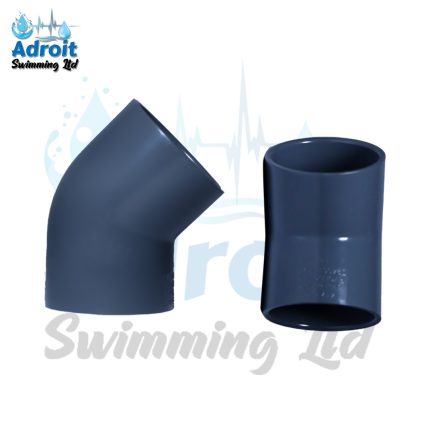
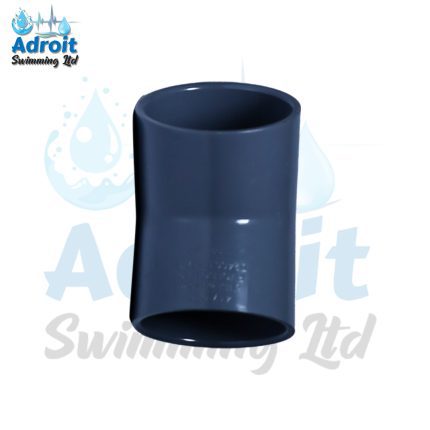

Reviews
There are no reviews yet.